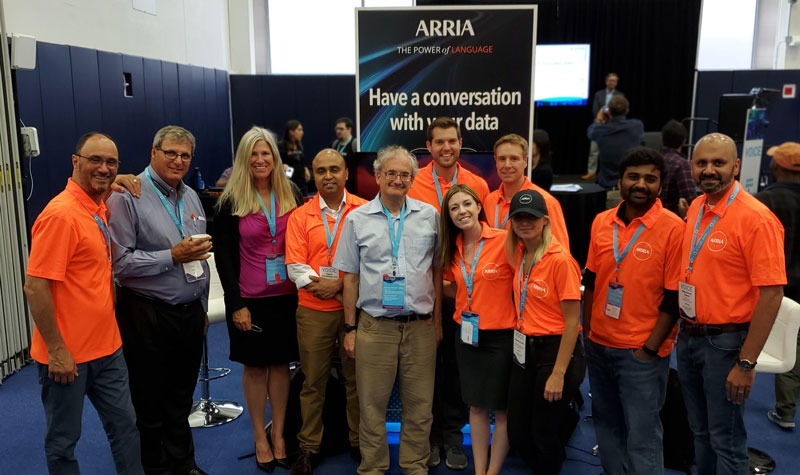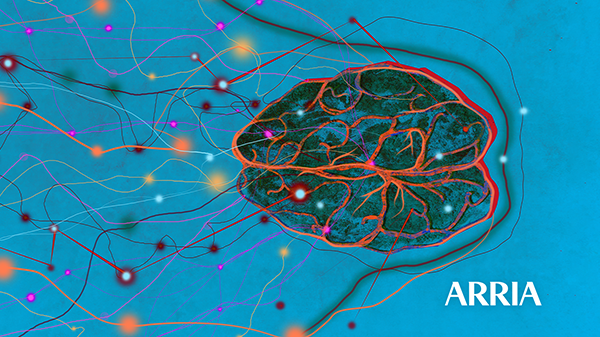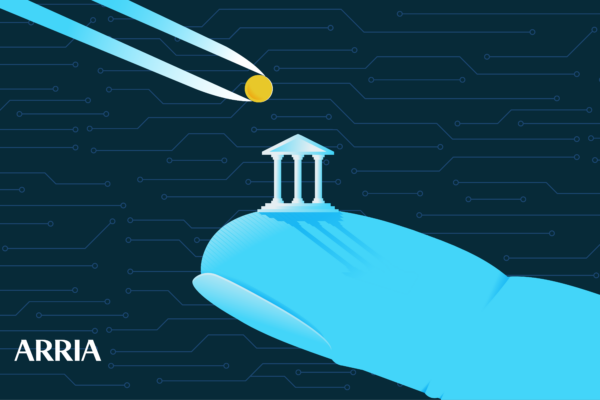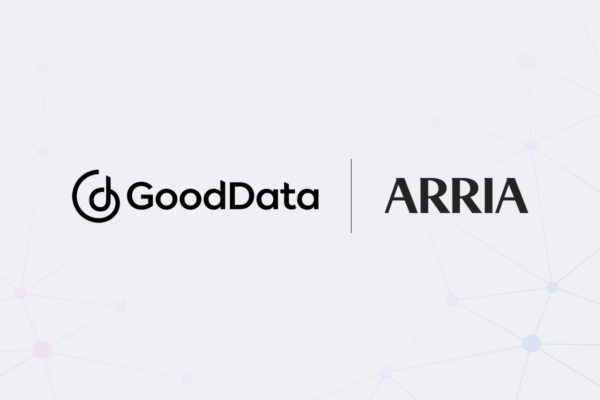
At the Arria booth during VOICE Summit 2019, Tim Daniels and his knowledgeable Arria sales colleagues often found themselves explaining to our visitors the differences between NLG and other forms of natural language technologies. Some who dropped by had heard of NLP, for example, but not NLG.
 Not too surprising, even at an AI-oriented conference. While Speech Recognition, NLP, NLU, and Speech to Text have been widely covered in the mainstream and trade press, NLG has emerged more quietly as a separate, distinct, and absolutely required layer of the natural language technology stack, whether the presentation layer is text or voice. How early are we in NLG’s emergence? Gartner released its first ever Market Guide for Natural Language Generation Platforms only four weeks ago, declaring Arria a “world leader” in the field. Gartner predicts that by 2022, a quarter of all businesses will be using NLG. (That was thirty months away when the report was issued. Twenty-nine months to go.) Forward-looking business leaders considering the technology for the first time are at once really early (congratulations!) and not a moment too soon: The time to get moving is now.
Not too surprising, even at an AI-oriented conference. While Speech Recognition, NLP, NLU, and Speech to Text have been widely covered in the mainstream and trade press, NLG has emerged more quietly as a separate, distinct, and absolutely required layer of the natural language technology stack, whether the presentation layer is text or voice. How early are we in NLG’s emergence? Gartner released its first ever Market Guide for Natural Language Generation Platforms only four weeks ago, declaring Arria a “world leader” in the field. Gartner predicts that by 2022, a quarter of all businesses will be using NLG. (That was thirty months away when the report was issued. Twenty-nine months to go.) Forward-looking business leaders considering the technology for the first time are at once really early (congratulations!) and not a moment too soon: The time to get moving is now.
At the booth, after we explained that NLG can turn structured data into narratives and reports instantly, and in great volume, the discussions entered a consultative phase during which we would talk through possible use cases applicable to the visitor’s business. In this post, we’ll provide a distillation of that advice for those who couldn’t join us at VOICE. Generally, we need you to start by looking at these three broad categories for possible NLG implementations.
- Unnarrated BI Dashboards
- Target Documents: Current
- Target Documents: Aspirational
Unnarrated BI Dashboards
You can be pretty sure that some of those folks nodding sagely at the heat map see only a brick wall of misunderstanding. Dashboards full of great charts, graphs, and other visuals that are imperfectly understood by your users, or interpreted differently from user to user, will be more helpful to the business when imbued with the clarifying power of NLG. We have a whole blog post on this subject, so I will refer you to Got a BI Dashboard? You’re Halfway There!
Target Documents: Current
How many document production workflow timelines can you compress to instantaneous?
Look around your firm for the manual production of structurally similar reports that explain structured data at regular intervals, usually monthly or quarterly. Assigning well-trained writers to create the same set of reports from month to month, so that their main task is to vary the verbs and phrasing slightly to account for changes in the underlying data, is a waste of their time and talent, and places your firm at a disadvantage to any competitors that are using NLG to perform the same task. If you encode these writers’ lexical and analytic decisions into an NLG system, you’ll eliminate the error rate that is unavoidable when humans perform tedious tasks repetitively, and you’ll produce the full set of reports instantly rather than waiting on sequential, one-at-a-time creation. Because these are the documents that your firm is already spending time and money to create, it’s a safe bet that they will be prioritized for early NLG automation.
The Finance and Operations departments are great places to look for this sort of manual reporting. You might also find repetitive document production in other departments as well: HR, IT, Sales, Marketing, and others. Depending on your industry, your organization may also have groups writing specialized reports that lend themselves to automation. Within a pharmaceutical company, for example, the Medical Writing group responsible for producing monotonous Clinical Safety Reports, could make effective use of NLG to expedite reporting, shorten the testing period, and lengthen the economically effective life of an approved brand-name drug before the generic versions hit the market.
Target Documents: Aspirational
What would you publish if you had unlimited capacity? Because now you do.
Expansion of Original Target Documents
Can target documents already identified be produced in greater volume? Often manual production leads to logical prioritization and triage that is simply not necessary within an NLG-powered system. With NLG, a firm’s least successful product, which might not have merited written analysis by a human, can be analyzed with the same depth and timeliness now afforded the most successful product. Once you build the NLG for the primary target documents, these extra documents—which are built upon the same data structure, just more of it—come for “free.”
Spreadsheet Augmentation or Replacement
Internally or externally, does your firm regularly publish identically formatted spreadsheets, without any narrative explanation, leaving interpretation entirely to the user? If dashboards are hard to interpret and could use explanation in natural human language, that goes double for spreadsheets. Why not use your NLG system to build an accompanying explanation of the spreadsheet in natural human language?
Analysis of Other Data Sets
Finally, are there any completely untapped structured data sets that would lend themselves to NLG, resulting in whole new reports? These might be fielded commercially to customers, or circulated internally to support faster, better FP&A decisions.



